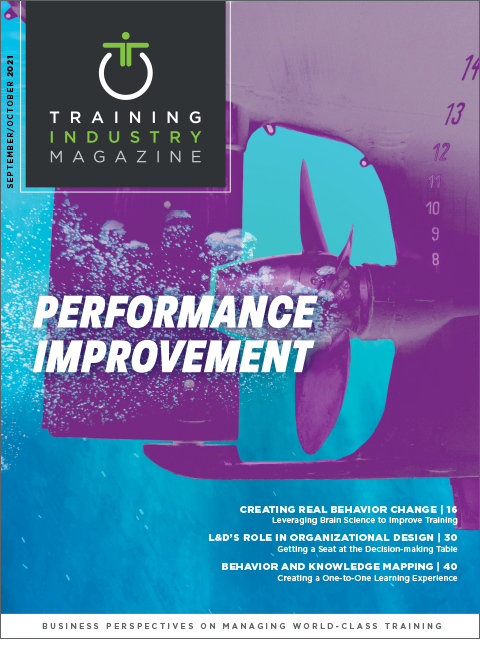
Published in Sept/Oct 2021
It’s a misnomer to think that our personal life has no bearing on our work life. Employees face countless obstacles before starting their workday – from getting children to school to transportation issues to juggling appointments and errands. Seamlessly disconnecting from a hectic morning and transitioning into “work mode” is challenging – if not nearly impossible.
For many employees, personal and professional priorities are constantly competing, which can lead to decreased productivity, increased anxiety and stress, and ultimately, burnout. However, the signs of burnout often go unnoticed in the workplace. With so much hustle and bustle in day-to-day work – from emails to meetings to endless tasks – employees can be on the brink of burnout without anyone noticing.
Identifying and Preventing Burnout
Symptoms of burnout can surface in the form of negativity and cynicism, increased absenteeism, missed deadlines and decreased quality of work. Managers play a critical role in helping employees more effectively manage their time, set priorities and handle stress in a positive way.
Many leaders believe that simply reducing work hours will solve employee burnout, but according to Gallup research, this is one of the biggest myths surrounding burnout. While logical, hours worked is not the primary source of burnout. The research suggests that burnout is attributed to a variety of factors, including unmanageable workload, unclear communication from managers, lack of manager support and unreasonable time pressure. All of which are in a manager’s control.
Learning and development has an opportunity to develop leaders who advocate for their employees and set them up for success. Here are a few ways that managers can provide employees with a healthy, balanced approach to work.
Having Regular Meetings
One-on-one meetings are a great opportunity for managers to gain clearer insight into an employee’s workload and challenges the employee may be facing. Managers should ask specific questions that can reveal employees’ feelings related to their work. For instance, asking, “Do you feel confident that you have the capacity to handle your workload?” can reveal whether an employee may have competing priorities or an unmanageable workload. Equipping managers with communications skills such as listening, problem-solving and empathy can enable more productive conversations.
Finding Balance
After uncovering any potential issues contributing to burnout, managers need to identify strategies to help employees find balance. If an unmanageable workload is an area of concern, then managers can consider reassigning projects to other employees. Ensuring employees have a variety of tasks that range in difficulty can help ease pressure. High performers are often given difficult projects because their track record shows that they can execute, but this tactic can lead to burnout and stress. All employees need and deserve a chance to breathe with a variety of assignments.
Making Time to Reflect and Learn
Time is a barrier to learning for employees. Employees need time to learn, and few employees have the luxury. Managers must advocate for their employees and encourage them to block and dedicate time each week to learning, exploration and creativity exercises. Stress can stunt creativity, so managers must stay involved to ensure their team has the bandwidth to innovate and maintain a fresh perspective on work. Having learning resources that are easily accessible can help learners embed learning into their workday.
Moving Forward
The pandemic has brought more awareness to employee burnout and the need for work-life balance. The good news is that many organizations are taking active steps toward creating solutions to help employees manage anxiety and stress in a positive way. Managers are a crucial part of the solution. By providing leaders with the necessary tools, organizations can reignite employee engagement and elevate the performance of all employees.
